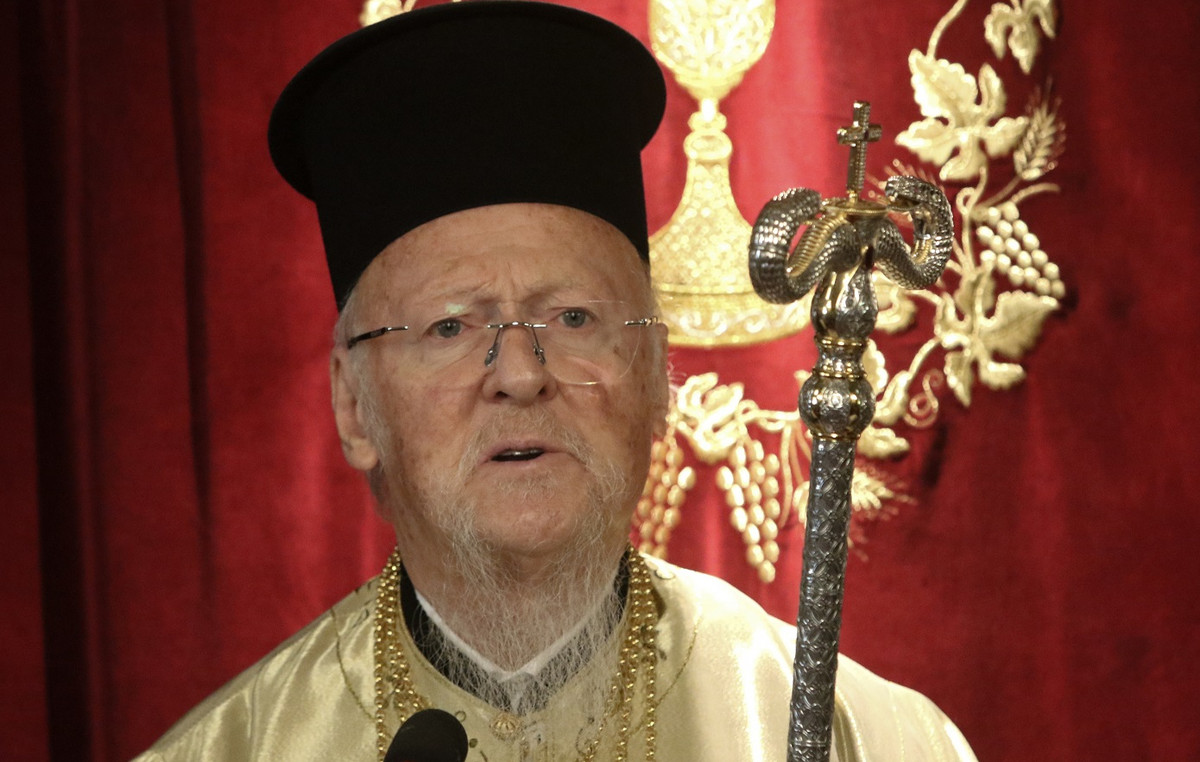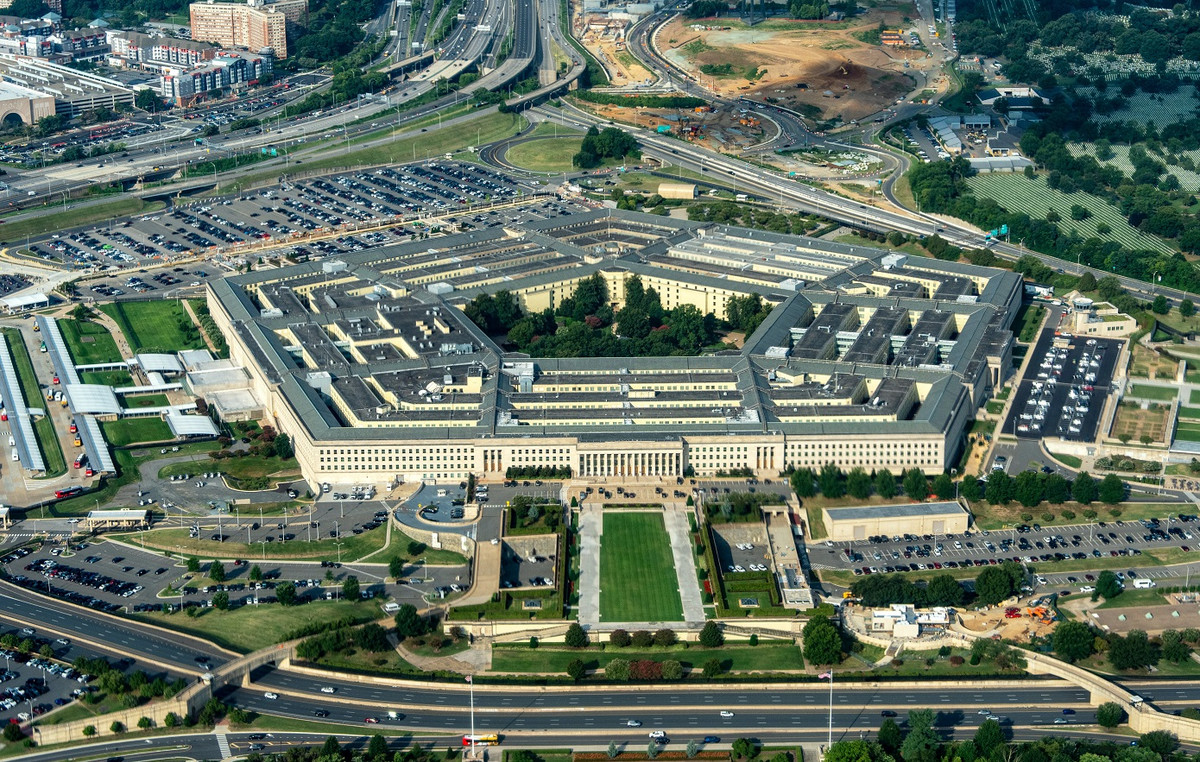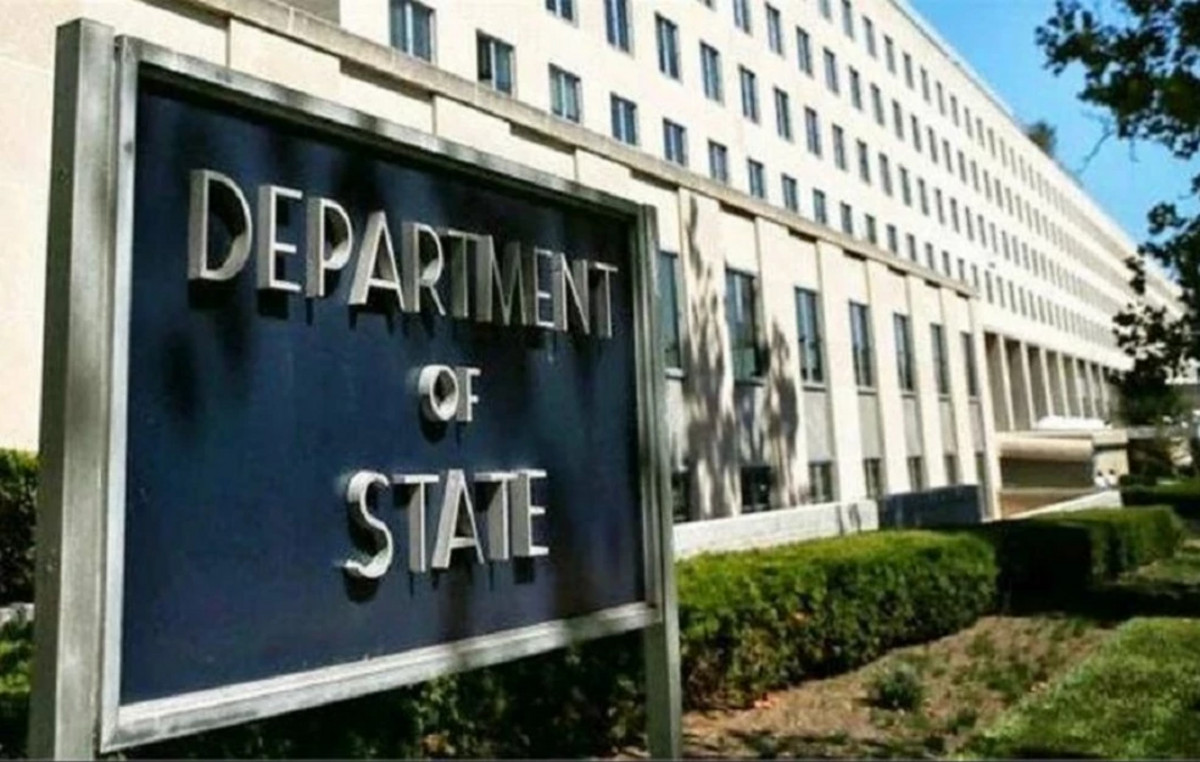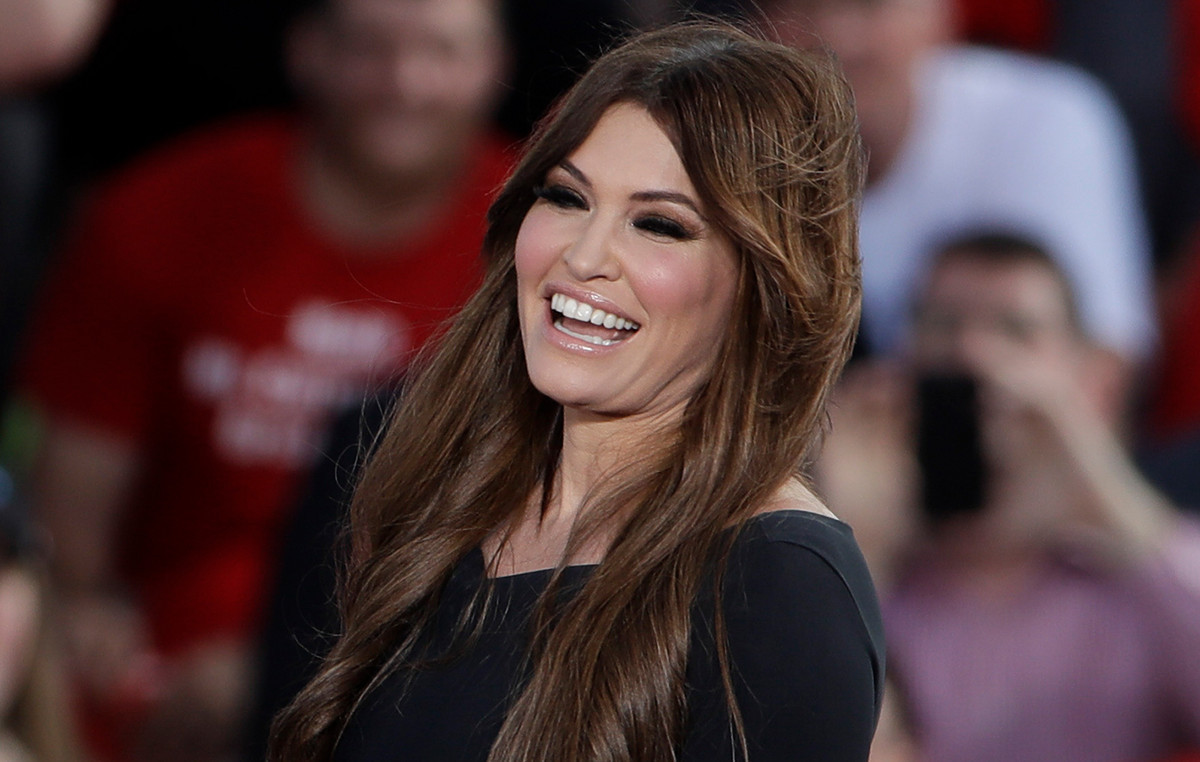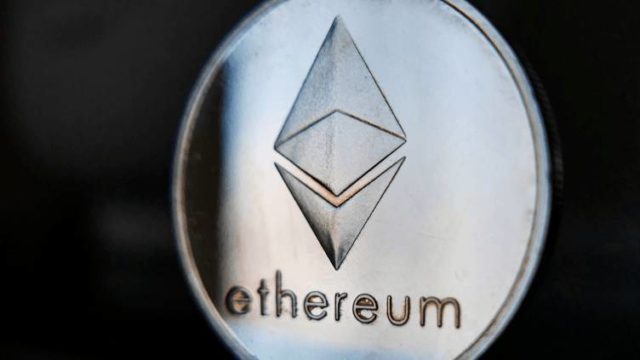O dollar fell 0.39%, quoted at R$ 4.896, around 9:30 am this Friday (10), with a slight correction but still heading for a weekly high amid greater pessimism from investors about the international and domestic environments, while awaiting the release of the inflation of the United States referring to May.
Internally, fiscal risk regained strength with a new federal government project which seeks to reduce the prices of fuels from federal and state tax exemptions, with financial compensation for the states.
The economic team estimates an impact of around BRL 40 billion in public accounts and the market fears that the spending ceiling could be breached, leading to a withdrawal of investments.
Externally, new restrictions against Covid-19 in China and European Central Bank signaling (ECB ) in two interest rate hikes in July and September, concerns increased about a global economic slowdown with interest rate hikes in several countries, harmful to markets such as Brazil.
In this session, the Central Bank will auction up to 15 thousand traditional foreign exchange swap contracts for the purpose of rolling over the maturity date of August 1, 2022.
On Thursday (9), the dollar closed up 0.53%, at R$ 4.916. already the Ibovespa fell 1.18% to 107,093.71 points, the lowest level since May 19.
overall feeling
Investors still maintain a strong global risk aversion triggered by fears about a possible general economic slowdown due to a series of interest rate hikes around the world to contain record levels of inflation, which would harm many types of investments.
The main cause for this aversion is the cycle of high interest rates in United States with the most recent increase announced by the Federal Reserve on May 4th. The autarchy has already ruled out 0.75 percentage point hikes in interest rates, or a risk of taking the country’s economy into a recession, but signaled at least two more hikes of 0.5 pp.
Higher interest rates in the United States attract investments to the country’s fixed income due to its high security and favor the dollar, but harm bond markets and stock exchanges around the world, including the US.
At the same time, the market follows the data on the country’s economy to understand how aggressive the Fed could be in the process. THE confirmation of the contraction of the US economy in the first quarter, for example, reinforced the view that the autarchy should not be as aggressive in raising interest rates as expected.
On the other hand, with the end of lockdown in the Chinese city of Shanghai and easing restrictions in the capital Beijing, Chinese demand is expected to return to previous levels, which again favored commodity exporters and relieved some of the pressure on the real.
With the two novelties, the Ibovespa and the real found room for appreciation. Any change in these perceptions, however, harms both.
Test your knowledge about the Ibovespa
Let’s start with an easy one: what is the Ibovespa?
Who is responsible for calculating the Ibovespa?
What types of assets are eligible to be listed on the Ibovespa?
Which of these is NOT a criterion for a stock to enter the Ibovespa
How many shares are currently in the Ibovespa theoretical portfolio?
How often is the Ibovespa theoretical portfolio reviewed?
What is the most important stock on the Ibovespa?
What is the smallest share on the Ibovespa?
Each Ibovespa point is equivalent to 1 real. This statement is
What is the historical record for closing the Ibovespa?
Try again!
Tip: follow CNN Business to understand more about Ibovespa
Nice job!
You know a lot about the Ibovespa, but you could know a little more
Sensational!
Congratulations! Are you an Ibovespa expert?
*With information from Reuters
Source: CNN Brasil
I’m James Harper, a highly experienced and accomplished news writer for World Stock Market. I have been writing in the Politics section of the website for over five years, providing readers with up-to-date and insightful information about current events in politics. My work is widely read and respected by many industry professionals as well as laymen.

